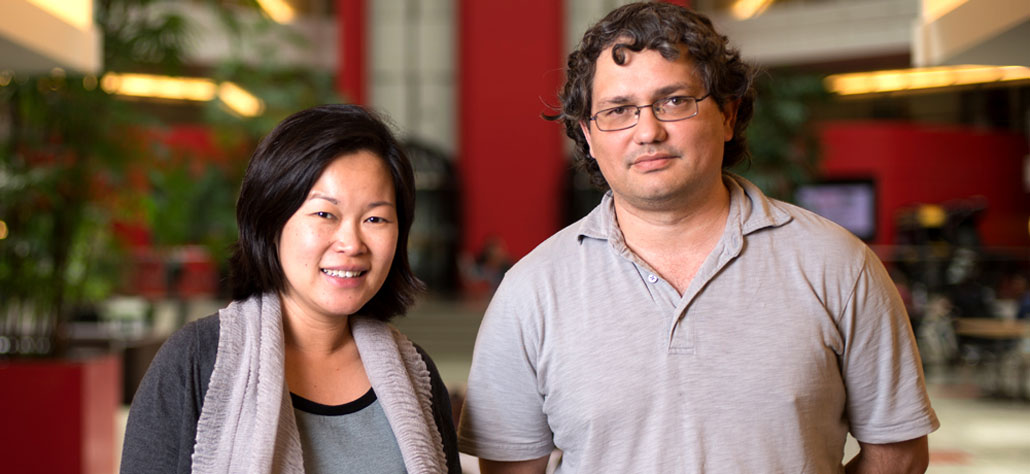
Ultimately it’s about impact on the children. We ask ourselves: what could be the best use of children’s time on the iPad? It needs to be a stellar product – one that can engage and train/teach at the same time.
— Grace Wardhana, Co-Founder of Kiko Labs
A BRIEF LOOK AT KIKO LABS
- Name: Kiko Labs
- Size: 1-10 Employees
- Status: In Co.Lab accelerator
- Year Founded: May 2013
- Funding: Angel Investment + SBIR Grant
- Game Categories: Brain Training, Pre-school, Research-Based
- Target audience: Consumer
Over the course of the next few months, The Joan Ganz Cooney Center will track various companies designing educational games. We will be exploring their design processes, lessons learned, funding woes, strategic business decisions, and research findings.
Kiko Labs is a small educational game startup founded in May 2013. It’s so small in fact that it just consists of the two co-founders, Grace Wardhana and Tim Lopez . Still, Kiko Labs has garnered support in part due to their professional track record and their focus on connecting their games to the science of learning.
We’ve been following this company since they joined the accelerator, Co.Lab, a co-venture between New Schools Venture Fund and Zynga.org that focuses on games and education. With the help of the accelerator, Kiko Labs plans to launch and market their learning game by the fall.
In this first part, we explore their background, design process, user testing and experience in Co.Lab.
Who Are They?
Founders Grace Wardhana and Tim Lopez know the gaming business. The pair worked at Gaia Interactive, a social gaming company backed by top-tier VCs including Benchmark and Redpoint. Wardhana was VP of Product and Lopez served as VP of Engineering.
While watching her 4-year-old daughter play on her iPad, Wardhana observed that while there were many apps for young children, most focused on teaching ABCs and 123s. There was hardly any content that harnessed the latest research from cognitive and developmental neuroscience.
Wardhana and Lopez realized that by combining intelligent game design and evidence-based scientific research, they could develop a learning system that was fun to play and that would adapt to help children develop cognitive skills important to their future learning.
This is how Kiko Labs was born.
To create the link between game design and learning science, Kiko Labs created a scientific advisory board that includes:
- Dr. Silvia Bunge. Dr. Bunge is a professor and cognitive neuroscientist at the University of California at Berkeley, with a joint appointment in Psychology and the Helen Wills Neuroscience Institute. Her research focuses on brain development and plasticity in the service of cognition.
- Dr. Wesley C Clapp. Dr. Clapp’s main research focus is on neural plasticity in the human cortex and his postdoctoral work was focused on cognitive processes, including executive function, and how these change with age. He has since integrated these advances into real world applications. Dr. Clapp co-founded his own company (NeuroScouting) and sits on the Scientific Advisory Board of Lumos Labs (Lumosity)
- Dr. Jenny Thomson. Dr. Thomson researches and teaches in the field of literacy and literacy difficulties, including as Associate Professor at the Harvard Graduate School of Education. Her work uses both behavioral and neuroscientific (ERP/tDCS) tools to study the identification and remediation of reading and writing difficulties.
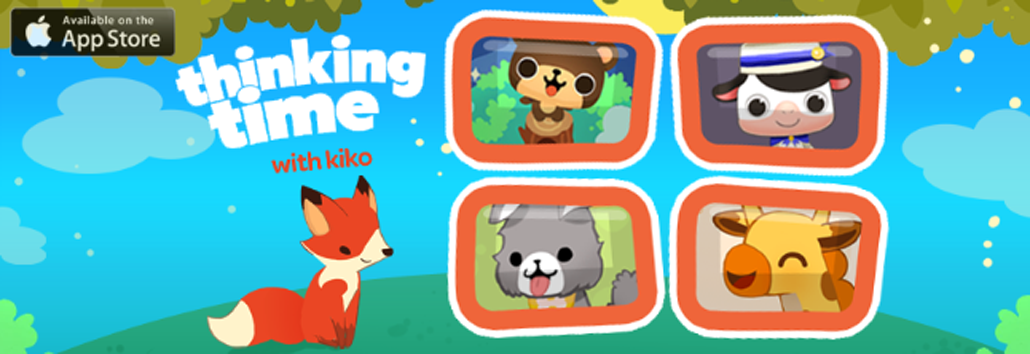
I am not one of those parents who will easily succumb to hooking their kid to an iPad, but “Thinking Time” is an exception to the rule!… By using this app he has developed a strong ability to sort through patterns and images — a feat remarkable for a toddler.
— Parent Review, iTunes
The Game
VIDEO: THINKING TIME
Kiko Labs’ first product, Thinking Time, engages children aged 3-7 with a series of mini-games set in the village of the company’s central character, Kiko the Fox. Each game is based on a neuropsychological task used in scientific research and targets one or more cognitive skills. The game framework adapts in difficulty along multiple vectors based on each child’s performance, ensuring that he or she plays in the zone of proximal development.
Thinking Time also provide parents with data on their children’s progress, along with percentile comparisons among the relevant age group and useful tips on how to further support children on their learning journey.
The child first starts out in Kiko’s Village with a choice of starting points. Selecting the ice cream parlor leads to the reasoning game shown in the second screenshot.
Thinking Time currently focuses on four skills: working memory, reasoning, inhibitory control and flexibility. Kiko Labs said they are working on adding a whole suite of new mini-games and exercises later this year.
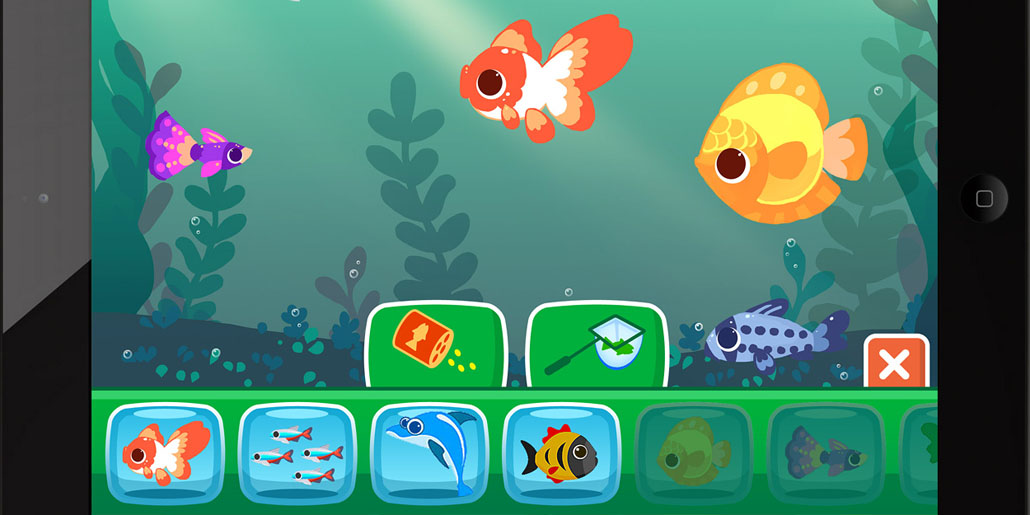
The Audience
Wardhana said their audience is comprised of two main segments: parents and teachers, but for now one of those is the primary focus.
“In this phase of our company, we are targeting parents,” she said.
“We see early adopters as parents who are either motivated to seek out new and cutting edge products for their children – the so-called analytical or managerial parent – or parents of children with special needs,” Wardhana added. “ We’ve received lots of great, heartwarming feedback from parents of autistic children saying that they love Thinking Time and find that their children are making progress with their cognitive skills with it.”
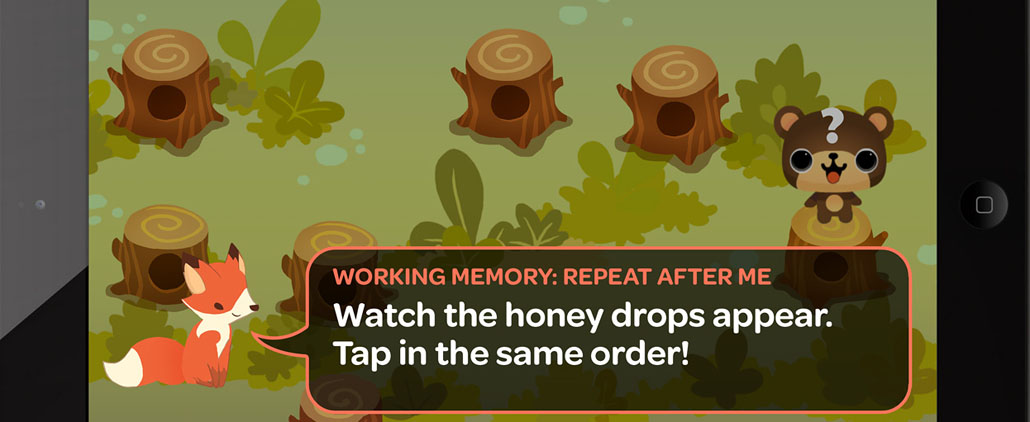
What keeps us up at night are two things…1) funding to keep us going and 2) distribution or how to get the word out.
— Grace Wardhana, Co-Founder of Kiko Labs
The Early Work
We made a decision early to forgo salaries and bootstrap our way to our first MVP – minimal viable product. During those early days, we spent 20% of our time creating little apps for the sole purpose of generating revenue. They helped to defray our expenses – e.g., office rent and lunch.
Grace Wardhana, Co-Founder of Kiko Labs
Kiko Labs was created with one mission: to design and refine Thinking Time for a fall 2014 launch. Over the course of five months, Kiko Labs conducted an iterative design process informed by experts in the field ranging from their advisory board and their induction into the Summer 2014 class of Co.Lab.
KIKO’S DESIGN PROCESS
- Define target skill and methodology based on research/in consultation with advisors (e.g., train working memory using visual span tasks)
- Create initial playable (low fidelity) prototype
- Refine and iterate based on 2 questions:
Is it playable?
Does the training isolate the target skill? - Full mini-game comes together
- Further kid testing and refinement
- Release and iterate based on quantitative metrics
- Length of time – varies. Our initial cycles were long as we were also recruiting team members and establishing process. Our target is to get this done between 2-3 weeks and to batch games together.
The process focused on one key outcome — creating a playable game that had a positive effect on kids.
Ultimately it’s about impact on the children. We ask ourselves: what could be the best use of children’s time on the iPad? It needs to be a stellar product – one that can engage and train/teach at the same time.
Grace Wardhana, Co-Founder of Kiko Labs
From their kid testing process, Kiko Labs discovered a number of lessons:
- The testing itself is crucial: “Within the first few minutes, it becomes instantly clear which design decisions were wrong and which were right. A simple example was when we assumed 3 year-olds would be familiar with the drag interaction. It turns out many little kids have trouble with that, and so we decided to support touch as the primary interaction, with drag as a secondary.”
- A need to focus on making sure the child knows what is expected of them: “We learned that games which have any kind of modality to them (e.g., when to watch and when to interact) require special attention to ensure kids understand when to engage.
- Finally, “we get to see what excites them – that’s the fun part, watching their eyes light up or hearing them laugh at a cute animation!”
While at Co.Lab, they discovered the importance of not just zero-ing on their target audience of parents but supporting these efforts by piloting with other groups such as schools and teachers, which to Wardhana, coexist “hand in hand.” From those pilots, they learned:
- We’ve just started on our first school pilots and plan to do more usability and feasibility research via the SBIR grant. What we learned: teachers are incredibly busy, and introducing technology into the classroom is still quite a clunky process. Even if you have devices for the students (which is not a given), device/user management is still a pain point.
- For example, how do you quickly deploy new software onto devices? In a shared device scenario, how do you support profile creation for pre-readers? Finally, how do you integrate game content seamlessly into a lesson plan or classroom use case? Even the most motivated and tech savvy teachers are presented with significant challenges. I feel we’re still in the early days of edtech adoption. Fast forward a few years, and this should get a lot easier, with companies like Edmodo supporting account management, and increased tech adoption and training.
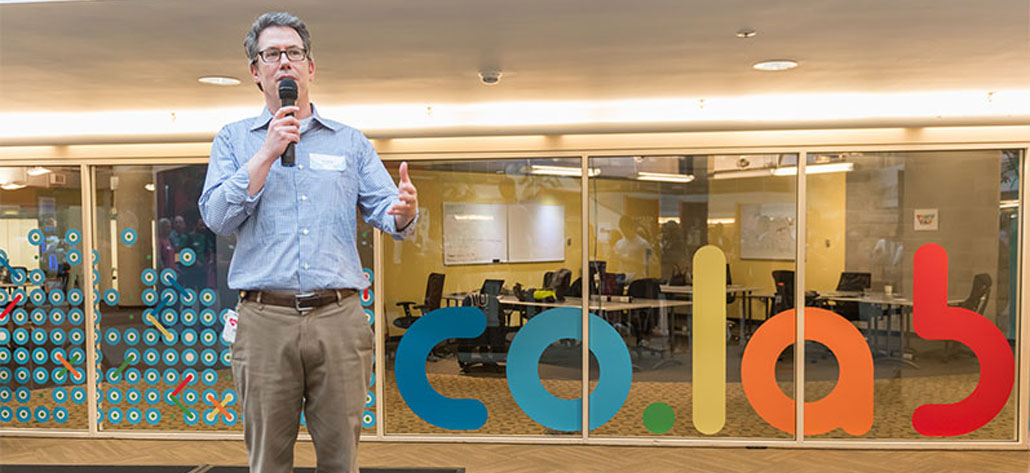
Any developer essentially can (call) their app as educational but it is so difficult for consumers to differentiate what’s organic food with what’s junk food
Esteban Sosnik, Executive Director of Co.Lab
In the Accelerator
Kiko Labs credits their accelerator for helping them design and test an effective product, but also for assisting their efforts at distribution, marketing, and scaling. We decided to sit down with the two co-founders and Esteban Sosnik, Executive Director of the Co.Lab to get a better idea of the relationship between the two and how the company is taking advantage of being in an accelerator.
We ultimately do feel there is the education mission that is common to all of the companies here and that helps center us all to be more open with situations rather than each person for themselves.
Grace Wardhana, Co-Founder of Kiko Labs
gamesandlearning.org: What do you see is the value of Co.Lab for companies like Kiko Labs?
Grace Wardhana: We came into the educational game space completely with no background at all in education. So with that lack of knowledge, we had a million questions about how to enter the education space. How do you sell to teachers? What is your value proposition? Do you sell to teachers or principals? How do you enter schools? How do you scale your sales force? And all of these were business questions that we did not have answers to and within the first week of co.lab we had someone come in with answers to all of those questions.
gamesandlearning.org: How did you balance your target market of consumers with Co.Lab’s emphasis on schools?
We see the consumer and educational market coexisting hand in hand.
Grace Wardhana, Co-Founder of Kiko Labs
gamesandlearning.org: Do companies in co.lab need to be focused on schools?
Esteban Sosnik: Not a requirement but definitely something we like a lot. Generally, most companies that approach us and come through the program start generally being initially consumer plays or services on the web or distributed through the web or the app store. Many of our entrepreneurs are extremely interested in understanding the formal school system better and penetrating the classroom and getting used in the classroom.
I am in completely at awe and admire them so much because it is such a painstaking, very non scaleable, super laborious labor to get into the school system but we feel that we definitely want to provide a lot of support because it has a lot of social implications that academic and schools is where you reach kids of all sorts of socio-economic backgrounds. And definitely it has potential benefit on credibility branding, the spillover effect from teacher to parent of the kid coming home and sharing with his family the technology he used at school. We love the combo where potentially you can see solutions being offered for very cheap and free at schools and monetizing at the consumer level. We feel that’s an interesting way to think about monetization. It’s not a requirement, but it’s encouraged because we put a lot of resources into it for our companies to understand what it takes to get into schools.
gamesandlearning.org: Besides the educational market, what has been the hardest thing you had to deal with that Co.lab has helped you with?
Grace Wardhana: As a really small startup, i think the biggest problems that we have on a day to day basis…what keeps us up at night are two things…1) funding to keep us going and 2) distribution or how to get the word out. Co.lab has really helped us on both fronts.
On the funding side, we get a small stipend from co.lab during the length of the program, and also being part of the program has helped us with credibility when we pitch to investors. …that is another stamp of approval for investors to sit up and take notice on. And in terms of getting the word out, Co.lab has done a few press events for us to get the word out and that has helped us as well. Getting press in publications.
As well that we mentioned before access to the experts within Zynga. We have experts that talk about marketing and branding and optimization. These are all topics that we need to get a handle on and understand better.
gamesandlearning.org: For Co.Lab: Is this a common painpoint / struggle for all the other companies you’ve had in co.lab? And if so, what have you done to address it?
Esteban Sosnik: Definitely distribution. it’s so competitive right now on the marketplace. And everybody… any developer essentially can (call) their app as educational but it is so difficult for consumers to differentiate what’s organic food with what’s junk food. …(other people have their opinion of what’s so called educational) we’re definitely trying to select the most promising, the most innovative, and higher quality, educational games that are out there ..eventually game companies but it is tough for them to create a brand and stand out from the crowd so distribution is very much an issue. Funding, for sure! it’s hard for any company when you’re having your mission be financial and social, it makes it harder sometimes.
What’s Next?
In the next chapter of this case study, we will focus more on the business development side, highlighting Kiko Labs’ progress post-Co.Lab especially surrounding their upcoming marketing launch. They will share the answers they dug up for those million of questions such as: What is your value proposition? and How do you scale your sales force? as well as how they’ve been dealing with what keeps them up at night: 1) funding and 2) distribution.
